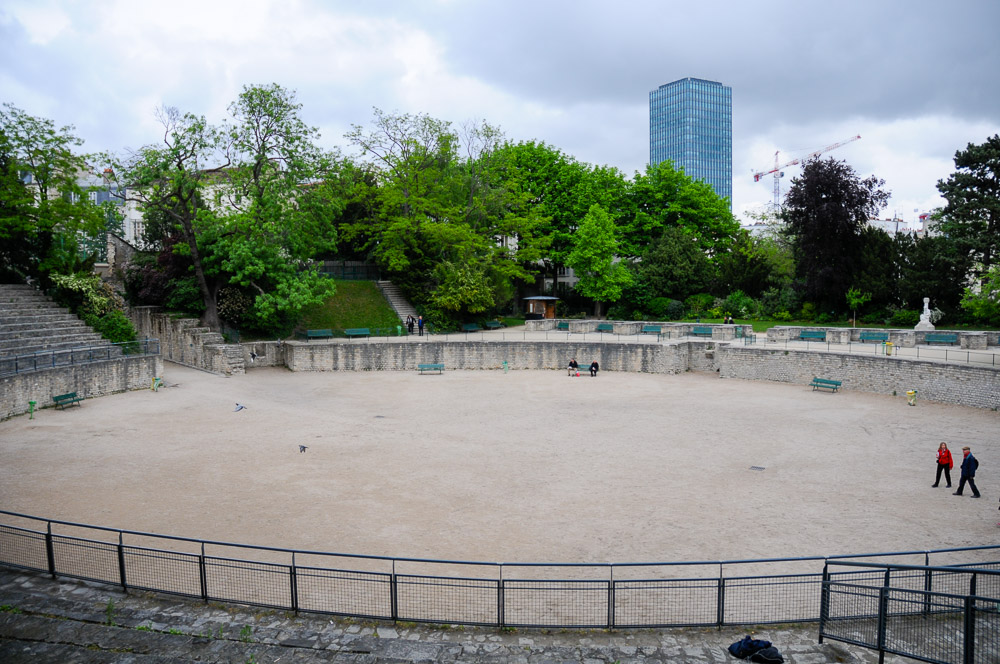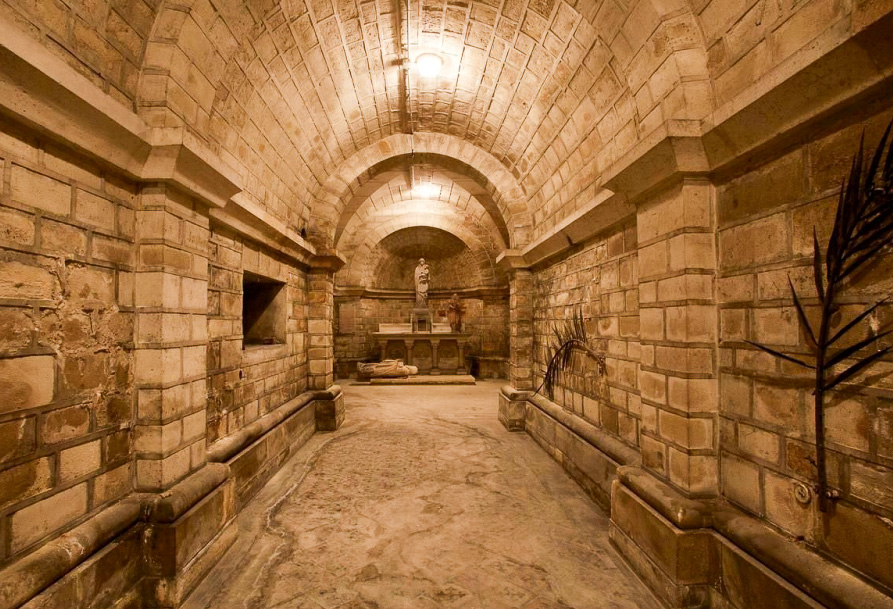You are likely one of three types of people when it comes to Paris: A first time visitor, someone who loves the city and returns multiple times, or a person who has never been to Paris and probably never will. For those folks who return time and time again, they quickly determine it’s not necessary to re-visit the Eiffel Tower, Notre Dame, or any of the other well-known icons of Paris (in all fairness, I could visit the Louvre and the Musée d’Orsay on each visit). What they begin to discover is a city full of French uniqueness that many first-time tourists never experience. Just by walking and keeping your eyes open, you’ll find the Wallace Fountains (read Wallace Fountains here), the remaining pissoirs (read Please, No Pissoirs in Public! here), medieval carvings on the sides of buildings (read One-Eyed Kate here), the small shops, talk with the “pee ladies” (read The Pee Ladies of Paris here), the city’s original Roman amphitheater, and medallions imbedded in the concrete marking the location of a hidden river flowing below your feet (read A River Runs Through It and Under It here). They also learn to look up at the buildings so as not to miss the plaques, reliefs, and other unique aspects of the architecture.


One of the cultural icons you can’t miss if you walk along the Seine River are the bouquinistes (boo-keen-eest) or bookstalls where you can buy second-hand books, engravings, prints, magazines, collector’s stamps, and antique postcards.
Did You Know?
I’ve said this over and over. The world’s largest museum is likely twelve feet below the streets of Paris. Well, here’s another example. A medieval crypt has been discovered below an underground parking garage in the Latin Quartier. It is located on Rue Pierre-Nicole (I’m attempting to confirm the street number but I think it is either no. 14 bis or no. 11). The crypt is all that remains of the 7th-century church built by Saint Eloi—Église Sainte-Marie-des-Champs. It was here that the remains of the French kings were interred until that tradition shifted to the Basilique Cathédrale de Saint-Denis. Unfortunately, the medieval church was destroyed during the French Revolution. The recent floods have damaged the crypt and the city would like to begin restoration and then open the crypt up to the public. They are in negotiations now with the property owner. Let’s hope an agreement can be reached so that another excellent example of medieval Paris becomes available to us. Learn more here.

Medieval Origins: True or False?
The story has it that a ship carrying books sank in the Seine as it passed through the heart of the city. The books were recovered, taken onshore to be dried out, and then sold on the quais above the river. These books became known as bouquins or, small old bashed books. The name was derived from buch or, the German word for book (some think it originated from the Dutch word meaning small book, boeckin). Reportedly, this happened in the late 15th-century.
The bouquinistes established themselves on the Pont Neuf until they got kicked off the bridge (the established bookstores complained) and relocated to either side of the river where they were allowed to sell their books on holidays and hours when the bookstores were closed. Read More The Bookstalls of Paris

